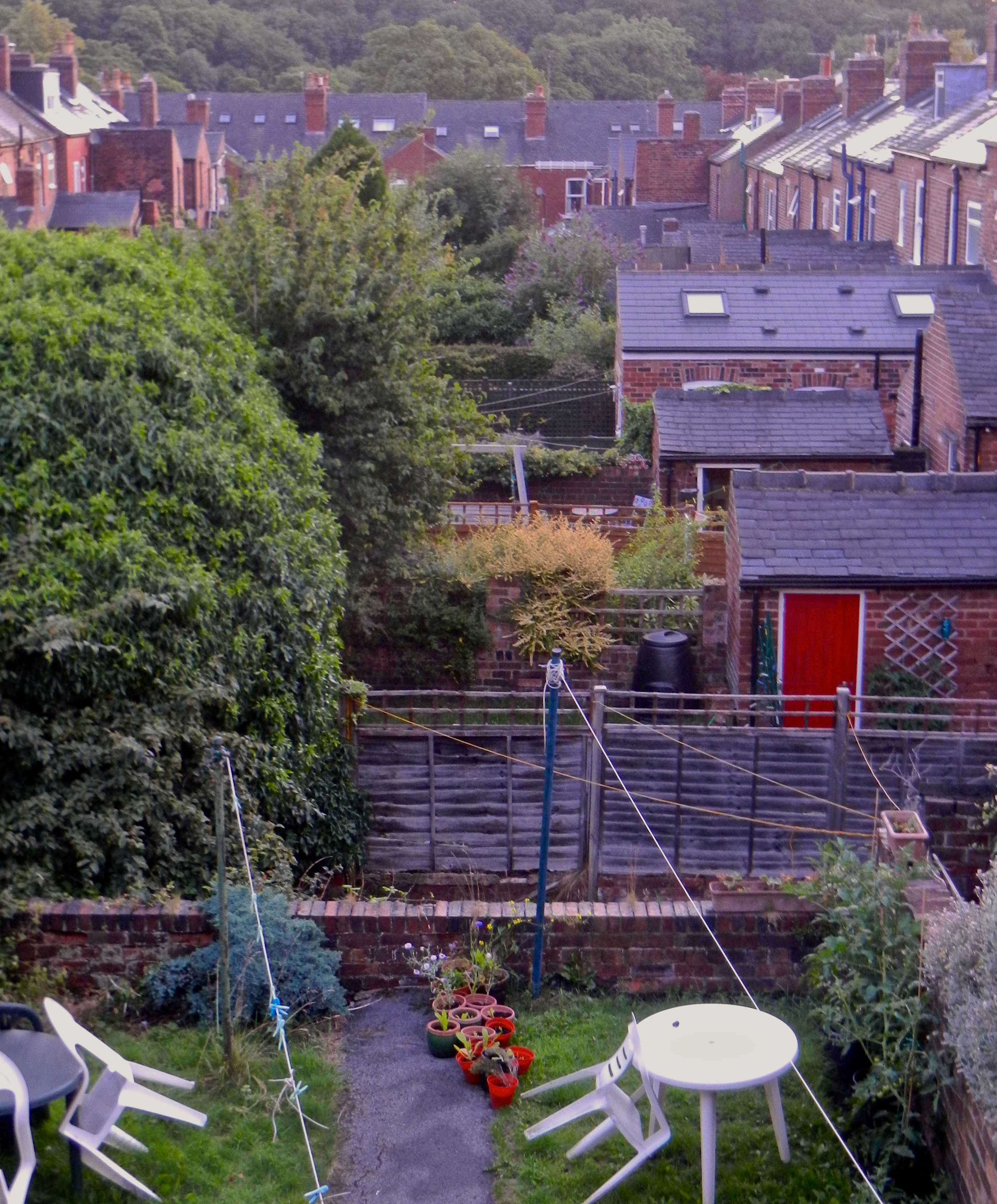Behind hungry children are hungry parents. We know that typically parents feed their children before they feed themselves in the UK. We also know that households that are most likely to be food insecure tend to live in areas where others are also struggling. While enough money to purchase food is important, it isn’t enough. We need solutions that address the immediate need but also solutions that work toward a longer term, socially just resilience.
I was recently invited to participate in a webinar on children’s food insecurity. It was attended by more than 300 people from across industry, policy, community, health, and academic sectors. It was organised by Bernadette Moore and Charlotte Evans of the N8 Food Systems Policy Hub.


